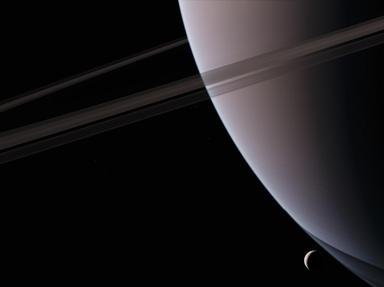Quiz Answer Key and Fun Facts
1. Earth, which is significantly smaller than Saturn, has a mean radius of 3,960 miles. With that in mind, which of the following would most closely represent the mean radius of Saturn?
2. Which of the following represents a difference between Saturn's magnetic field and that of the Earth's?
3. Saturn is the least dense of the planets in our solar system
4. How many confirmed moons does Saturn have?
5. Saturn has the second shortest day in our solar system so, in Earth hours, approximately how long is a day on Saturn?
6. Saturn's temperature variations have been described as being horizontal. What does this mean?
7. Is the planet Saturn able to sustain life as we know it?
8. Who was the first astronomer to realize that the discs surrounding Saturn were a system of rings?
9. The largest gap in Saturn's rings has been named after which European discoverer?
10. Which space probe headed towards Saturn and arrived in 2004?
Source: Author
pollucci19
This quiz was reviewed by FunTrivia editor
rossian before going online.
Any errors found in FunTrivia content are routinely corrected through our feedback system.
